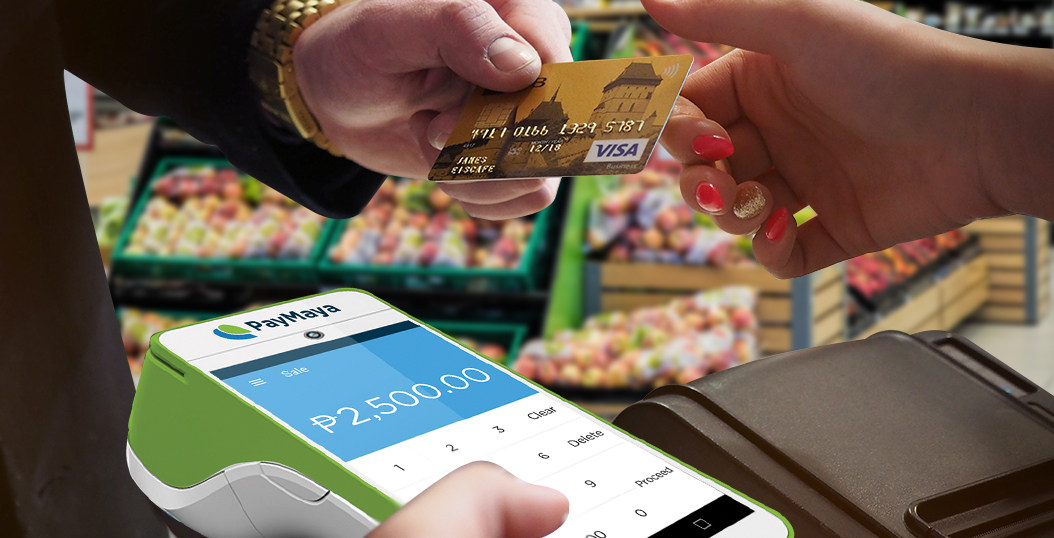
Today’s shoppers demand a shopping experience that’s more sophisticated and more personalized than ever before. For many shoppers, the days of wandering a grocery store’s aisles in search of great deals and essentials are a thing of the past. People today simply don’t have time for that, and it’s down to smart grocery store management to keep up with the times and trends.
In terms of adding greater convenience to your store’s shopping experience, few initiatives are as valuable as offering additional modes of payment. If you’re still on the fence about whether you should try some out, this is the article for you.
There are a number of benefits to offering modes of payment aside from the traditional credit cards or cash. Some of them include:
Opens Up New Service Offerings
This is the most important and most obvious of the benefits of offering different modes of payment. If all your store accepts is cash and cards, then the services you can offer to your customers are going to be quite limited, and more importantly, you’re almost certain to be outpaced by your competition.
By offering different payment methods, you make available other value-adding services for your customers, like home delivery, curbside pickup, purchase via website, and more. All of these services are doubly important, given the restrictions on movement and occupancy placed on us by the COVID-19 pandemic.
Improved Queue Management
Let’s face it: no one enjoys lining up for checkout. For shoppers who only need a few items, few things are more disheartening than seeing a long line at the checkout counter. The prospect of waiting in line to pay for a single drink or a packet of chips will often discourage shoppers and they’ll usually just forego their purchase, leaving them unsatisfied and eliminating a potential sale for the store at the same time.
On the other hand, dedicated lines for cash and cardless payment methods keep queues moving at a brisk clip, reducing waiting times and improving the shopping experience overall.
Reduced Cart Abandonment
For those who operate in the retail space, there’s a term that is used to describe anything that adds difficulty to a prospective customer’s transaction, and that term is friction. Smart sellers know to avoid friction at all costs, because any friction in the transaction process will almost certainly result in abandoned carts and lost sales. This is true in real life, and more importantly, it’s true online, where shoppers are more discerning and demand greater ease and convenience of transactions.
Not having enough options for payment is one of the most common causes of friction online. Ideally, a website shouldn’t even begin to operate until as many payment options as possible are online and fully functional.
Reduced Exposure to Viruses and Pathogens
The value of this benefit cannot be overstated, considering the environment that we live in today. Handing over physical credit cards or cash can expose both shoppers and store personnel to skin borne bacteria, viruses, and pathogens, resulting in infection or worse.
Contactless payment options have never been more important than they are right now, allowing shoppers to adhere to social distancing protocols while still being able to purchase what they need.
If you’ve finally been convinced to offer other modes of payment beyond cash and credit cards, here are a few ideas on how you can get started.
Digital Invoicing
If you think your store could benefit from an online sales option, but don’t have the bandwidth or resources for building an ecommerce-enabled website, you may want to consider taking advantage of the Maya Digital Invoice system. With it, you’ll be able to process payments via SMS, chat, or email, even if you don’t have your own website.
Cashless on Delivery Options
Delivery and curbside pickup options for shopping have become more important than ever, with the arrival of the coronavirus and the spread of the pandemic. Despite this, shoppers still expect the same level of service and convenience that they get from transacting in store. By using devices like the Maya ONE and Maya ONE Lite, forward-thinking supermarkets can provide just this kind of convenience. The Maya ONE device has a built-in receipt printer, while the ONE Lite is slimmer and more portable.
Both models support mobile payment using most major credit cards and e-wallets, but thanks to the Maya ONE Lite’s more streamlined profile, this device is actually perfect for grocery stores that want to offer a “cashless on delivery” payment option to their customers. No need for buyers to fumble clumsily for cash when they can just dip or tap their Maya Card or scan to pay via Maya QR instead.
QR Scanning
A fully contactless payment option has become especially sought after these days, resulting in the widespread adoption of QR scanning as the solution. Maya QR payments are completely contactless, allowing shoppers to pay for their purchases while also adhering to social distancing protocols. This mode of payment does not require cash or cards either; shoppers just need to download the Maya app to begin using this payment method.
Website Integration
More sophisticated operations need a solution that’s robust and easy to implement like the Maya Checkout Plugin. It supports the most widely used ecommerce platforms like Shopify, WooCommerce, Magento, and allows shoppers to pay using most major credit cards and e-wallets. They can even pay with Maya by simply entering their registered mobile number.
With so many options to choose from, there’s sure to be an alternative payment option that suits your operational needs. See which one fits your business and give your shoppers the convenience they’ve been looking for.
Merchant inquiries:
Maya is powered by the country's only end-to-end digital payments company Maya Philippines, Inc. and Maya Bank, Inc. for digital banking services. Maya Philippines, Inc. and Maya Bank, Inc. are regulated by the Bangko Sentral ng Pilipinas.
www.bsp.gov.ph